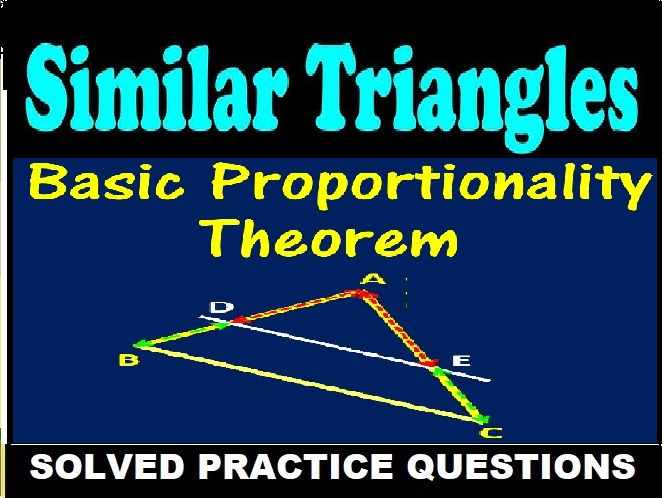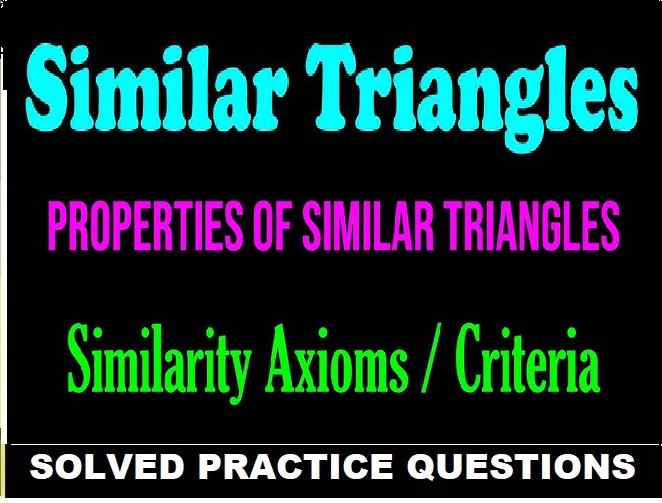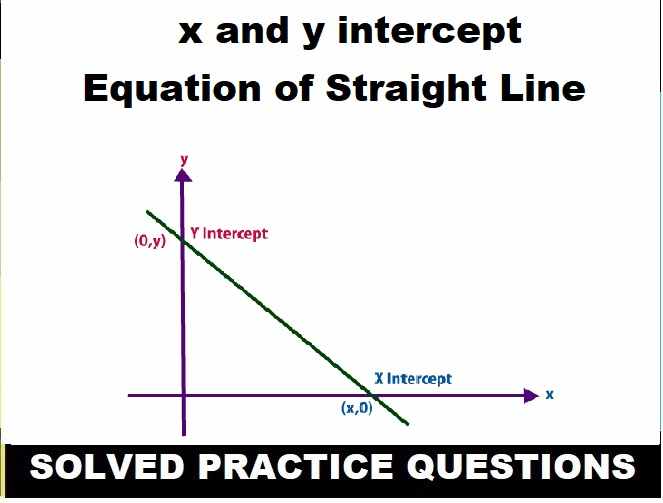Laws of Motion Exe-3C Linear Momentum Newton’s Second Law Very Short Answer Type for Class-9 ICSE Concise Physics. There is the solutions of Very short Answer type Questions of your latest textbook which is applicable in 2025-26 academic session. Visit official Website CISCE for detail information about ICSE Board Class-9.
Laws of Motion Exe-3C Linear Momentum Newton’s Second Law Very Short Answer
(ICSE Class – 9 Physics Concise Selina Publishers)
| Board | ICSE |
| Class | 9th |
| Subject | Physics |
| Writer / Publication | Concise selina Publishers |
| Chapter-3 | Laws of Motion |
| Exe – 3C | Linear Momentum Newton’s Second Law |
| Topics | Solution of Exe-3(C) Very Short Answer Type |
| Academic Session | 2025-2026 |
Exe-3C Linear Momentum Newton’s Second Law Very Short Answer Type
Ch-3 Laws of Motion Physics Class-9 ICSE Concise
Page 77
Que-1: Define linear momentum and state its S.I. unit.
Ans: Linear momentum of a body is the product of its mass and velocity. Its SI unit is kgms-1.
Que-2: A body of mass m moving with a velocity v is acted upon by a force. Write an expression for change in momentum in each of the following cases: (i) When v <<c, (ii) When v →c and (iii) When v << c but m does not remain constant. Here, c is the speed of light.
Ans:
(i) When v <<c,
p = (mv) = mv
(ii) When v →c
p = (mv)
(iii) When v << c but m does not remain constant.
p = (mv)
Que-3: Two bodies A and B of same mass are moving with velocities v and 2v, respectively. Compare their (i) inertia and (ii) momentum.
Ans: (i) Mass is the measure of inertia.
Let ‘m’ be the mass of the two bodies.
Inertia of body A:Inertia of body B :: m:m
Or, Inertia of body A:Inertia of body B :: 1:1
(ii) Momentum of body A = m (v)
while Momentum of body B = m (2v) = 2mv
hence Momentum of body A:Momentum of body B :: mv:2mv
Or, Momentum of body A:Momentum of body B :: 1:2.
Que-4: Two balls A and B of masses m and 2 m are in motion with velocities 2v and v, respectively. Compare:
(i) Their inertia.
(ii) Their momentum.
(iii) The force needed to stop them in the same time.
Answer:
(i) Inertia of body A:Inertia of body B :: m:2m
Or, Inertia of body A:Inertia of body B :: 1:2.
(ii)Momentum of body A = m ( 2v) = 2mv
and Momentum of body B = (2m) v = 2mv
Hence Momentum of body A:Momentum of body B :: 2 mv:2mv
Or, Momentum of body A:Momentum of body B :: 1:1.
(iii) According to Newton’s 2nd law of motion, rate of change of momentum is directly proportional to the force applied on it. Therefore,
Force needed to stop A:Force needed to stop B :: 1:1.
(Laws of Motion Exe-3C Very Short Class-9 ICSE)
Que-5: Name the S.I. unit of force and define it.
Ans: The S.I. unit of force is newton.
One newton is the force which acts on a body of mass 1kg and produces an acceleration of 1 m/s2, i.e. 1 N = 1 kg × 1 m/s2.
Que-6: What is the C.G.S. unit of force? How is it defined?
Ans: The C.G.S. unit of force is dyne. One dyne is the force which acts on a body of mass 1 gramme and produces an acceleration of 1 cms-2, i.e. 1 dyne = 1 g × 1 cms-2.
Que-7: Name the S.I. and C.G.S. units of force. How are they related?
Ans: The S.I. unit of force is newton and the C.G.S. unit of force is dyne. 1 N = 105 dyne.
— : End of Laws of Motion Exe-3C Linear Momentum Newton’s Second Law Very Short Answer Type Solutions :–
Return to Concise Selina Physics ICSE Class-9 Solutions
Thanks
Please share with your friends


